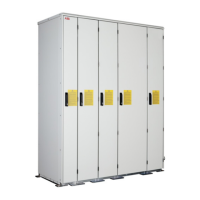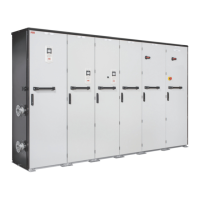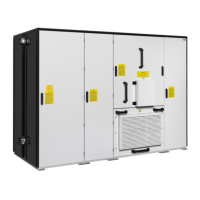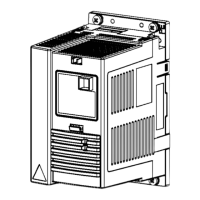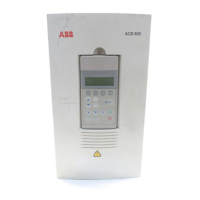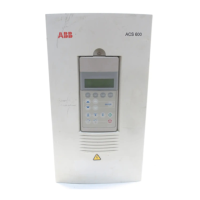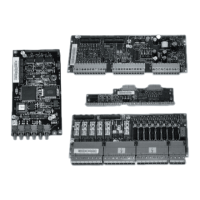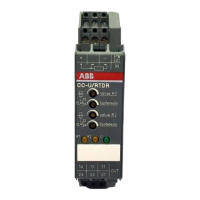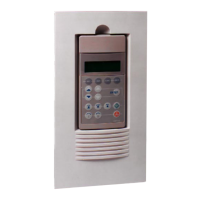16 System description
Converter system
Doubly-fed asynchronous generators are essentially wound rotor induction machines with
variable frequency excitation of the rotor circuit, incorporating rotor via frequency
converter. Ability to convert mechanical energy into electrical energy (or vice versa) is
based on electromagnetic induction. In wind power applications, the doubly-fed
asynchronous generator is controlled to operate as generator quadrature, and thus the
generator stator will always generate energy to the 3-phase electrical power network.
Wind turbine converter consists of two parts, ie, rotor-side converter and grid-side
converter. Between these two converters, a DC link capacitor is placed as an energy
storage in order to keep the voltage variations (or ripple) in the DC link small. Both
converters are controlled independently by internal control firmware based on Direct
Torque Control (DTC) technology.
The grid-side converter is an IGBT based module equipped with AC (optional) and DC
fuses and an LCL filter that suppresses the line harmonics of voltage and current. The
grid-side converter is controlled by RDCU-12 control unit with the grid-side control
program. The rotor-side converter consists of IGBT based modules and is controlled by
NDCU-33CX control unit with the doubly-fed induction generator control program. The
control unit also controls the grid-side converter via a fiber optic link.
With the rotor-side converter, it is possible to control the torque or the speed of the
generator and also the power factor at the stator terminals. The grid-side converter keeps
the DC link voltage constant. Wind turbine systems equipped with doubly-fed
asynchronous generator, the stator always generates energy to the 3-phase electrical
power network, however the direction of the power produced by the rotor depends on the
sign of the slip frequency. When the slip frequency is positive (sub-synchronous
operation), the energy is taken from the 3-phase electrical power network through the grid-
side converter and fed by the rotor-side converter to the rotor via slip rings. In sub-
synchronous operation, a part of the stator generated power is circulated back to the rotor.
These power flows are shown in the picture below.
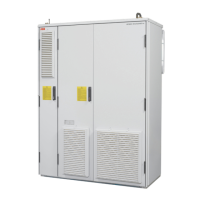
